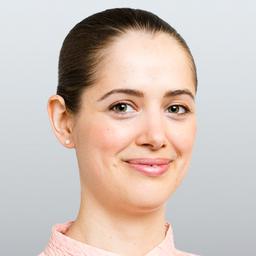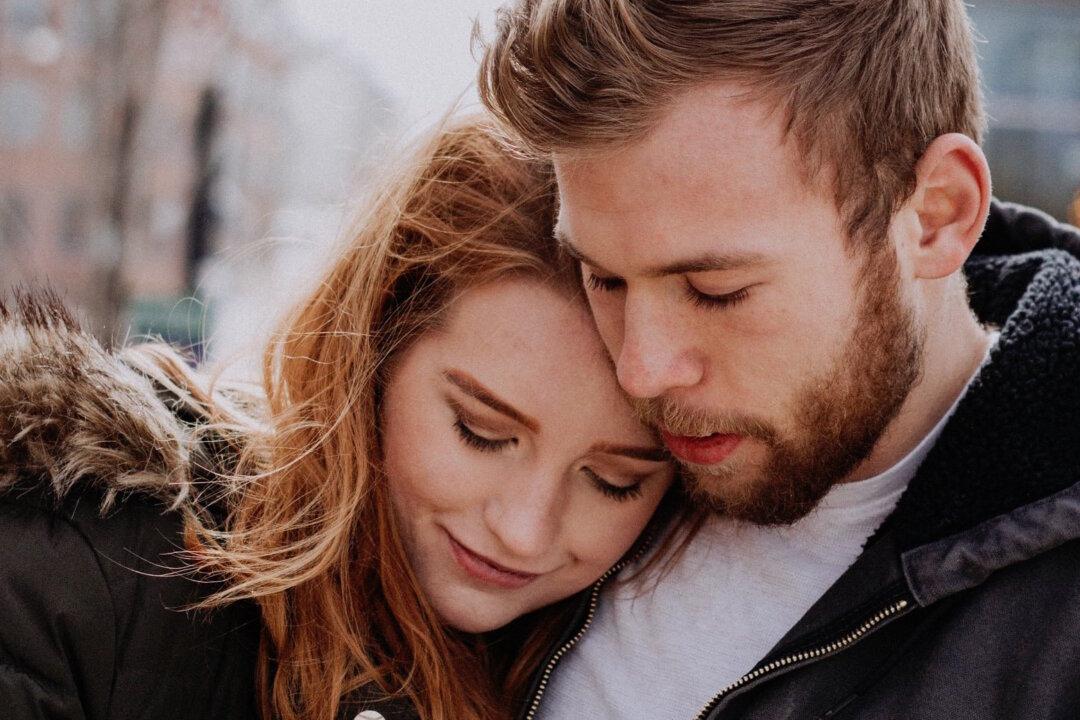With the right mindset, difficulties become catalysts for epiphany and transformation.
Earlier this year, after a group came to take one of the signature classes at Studio ANYA, founder Courtney Bauer got an email saying they were disappointed because the class was not challenging enough.
This response blew her mind.
As a former competitive athlete, and aerobics, cardio-kickboxing, and boot camp teacher, she knew her classes were no cakewalk.
So, as when anything goes wrong in her business, she reflected on what she could learn in order to do better.
“I always … ask, what is this about me that I need to look at deeper? It’s not a narcissistic thing at all—it’s not fun. It’s just honest about where in me is that reflective of a block. And usually if I can shift that around in me ... then things open,” Bauer said.
What she realized in this case was that the group was “missing the buzz” of a ton of reps and she had not made clear to them the level of focus and intent that makes ANYA work distinct and meaningful.
And while you can definitely get fitter in ANYA classes—which can have up to 60 different moves in 60 minutes—the primary aim is to give students new ways to feel the body, purify it, and tap into its innate magic.
Beginnings







